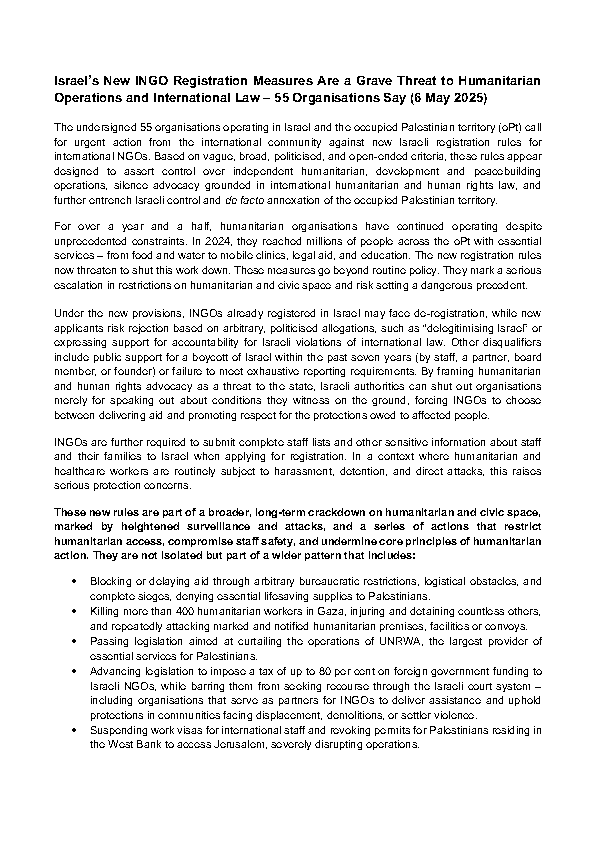The aim was to highlight survivor and community-led response (SCLR) approaches. These approaches focus on communities helping themselves during disasters. The workshop, with input from Local to Global Protection and Oxfam, explored the theory and practice of SCLR and identified opportunities and challenges.
SCLR aims to support first responders – such as doctors, nurses, paramedics and firefighters – during crises, and give communities more control over resources and decision-making. It complements traditional emergency responses by focusing on immediate survival, recovery, dignity, and empowerment. It also addresses the root causes of vulnerability to crises by involving communities in long-term solutions.
What is survivor and community-led response?
As the name suggests, survivor and community-led response (SCLR) means those most affected by emergencies deciding how to deal with them. Of course, there are many types of crises – from fires to famines to all-out war – and the way communities respond to them will depend very much on the situation. But SCLR will always involve some key elements. These include:
- Participatory action learning (PAL) to understand local resources and power dynamics
- Micro-grants for quick and accountable community action
- Skills development and coordination among local groups, NGOs, and governments
Examples of SCLR in action
- In Sudan, five NGOs supported 150 community-led initiatives within six months. Most of these projects were spearheaded by women and young people.
- After Typhoon Mangkhut struck South-East Asia in September 2018, micro-grants issued by Filipino NGO ECOWEB’s helped communities recover.
- In northern Kenya, the Indigenous Resource Management Organization (IREMO) empowered local groups through training and coordination with the government. This approach increased knowledge-sharing and solidarity among the population, and gave people a sense of ownership in managing crises.
- In the Democratic Republic of Congo’s Oicha region, the humanitarian COPI platform helped local groups to provide early warning and to support victims of sexual violence.
Bureaucratic hurdles
Despite the successes of community-led approaches, many difficulties still exist. The most pressing issue is a lack of resources. Funding structures are often mired in red tape, making it difficult for communities to access grants, or decide how donations are spent. Different humanitarian agencies struggle to coordinate with each other. SCLR is poorly understood by many humanitarian organisations, which can firmly oppose transferring power to local groups.
What next?
For SCLR to work, the humanitarian system needs to better support and empower local communities. Those advocating SCLR should focus on the potential benefits: giving power to local and national actors, strengthening communal self-help, and facilitating coordination between the humanitarian, development and peace sectors (the so-called “triple nexus”). There needs to be more, better-coordinated funding for community-led emergency response efforts.
ACT Alliance EU members will continue raising awareness of the survivor and community-led approach, and push for more EU engagement.


